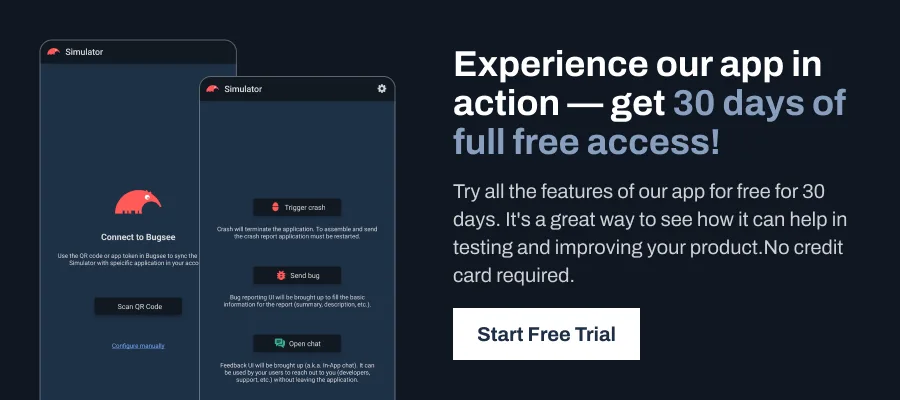Managing modern game development often means juggling multiple tools for assets, version control, builds, and live services, which can slow down teams and complicate workflows. Unity Cloud solves this by bringing these core elements together into a single, connected platform.
It integrates seamlessly with the Unity Editor, Unity Asset Manager, and Unity Version Control to create a centralized environment where teams can store, track, and share content, manage builds, and connect to services like analytics and multiplayer.
Unity Cloud is available across different Unity subscription levels, including Personal (free), Pro, and Enterprise plans. Storage, DevOps build minutes, and other usage-based services can scale through a pay-as-you-go model, making it flexible for users with different needs.
Key Features of Unity Cloud
- Asset Management: Store, organize, and search your game assets in one place, complete with previews and metadata for faster retrieval.
- Version Control Integration: Link Unity Version Control with Asset Manager to index and preview content, making collaboration seamless across teams.
- DevOps and Build Automation: Run builds in the cloud to save local resources and speed up testing and deployment cycles.
- Editor Integration: Browse and import assets directly in the Unity Editor without switching tools.
- Centralized Dashboard: Manage permissions, track usage, and discover services in a single, intuitive interface.
- API and SDK Support: Extend workflows and integrate Unity Cloud features into custom pipelines or tools.
- Analytics and LiveOps Connections: Use integrated services for tracking performance, player behavior, and live game operations to guide data-driven decisions.
Benefits of Unity Cloud
Unity Cloud makes it easier for teams to keep projects consistent and organized by storing assets, builds, and version histories in one place. With a shared environment, developers, artists, and testers can stay aligned without constantly syncing or switching between disconnected tools.
The platform also shortens development cycles. Automated cloud builds let teams test changes more frequently, while analytics and live operations data provide context for decisions about performance, design adjustments, or updates. Instead of guessing, teams can rely on real insights to guide their next steps.
For teams scaling up, Unity Cloud adapts without forcing major changes to existing workflows. Whether the project grows in scope, the team adds more members, or the volume of assets and builds increases, the system scales to meet those needs without adding complexity.

Wrapping Up
Unity Cloud brings together tools that many teams already rely on, making project management simpler and more consistent. Reducing the need to switch between separate systems for assets, builds, and version control helps teams focus more on development and less on process overhead.
If you already use Unity Cloud or plan to, a good practice is to keep workflows clean and intentional. Organize assets clearly, set permissions carefully, and track your usage and analytics. This will make it easier to maintain smooth pipelines as your projects grow in size and complexity.